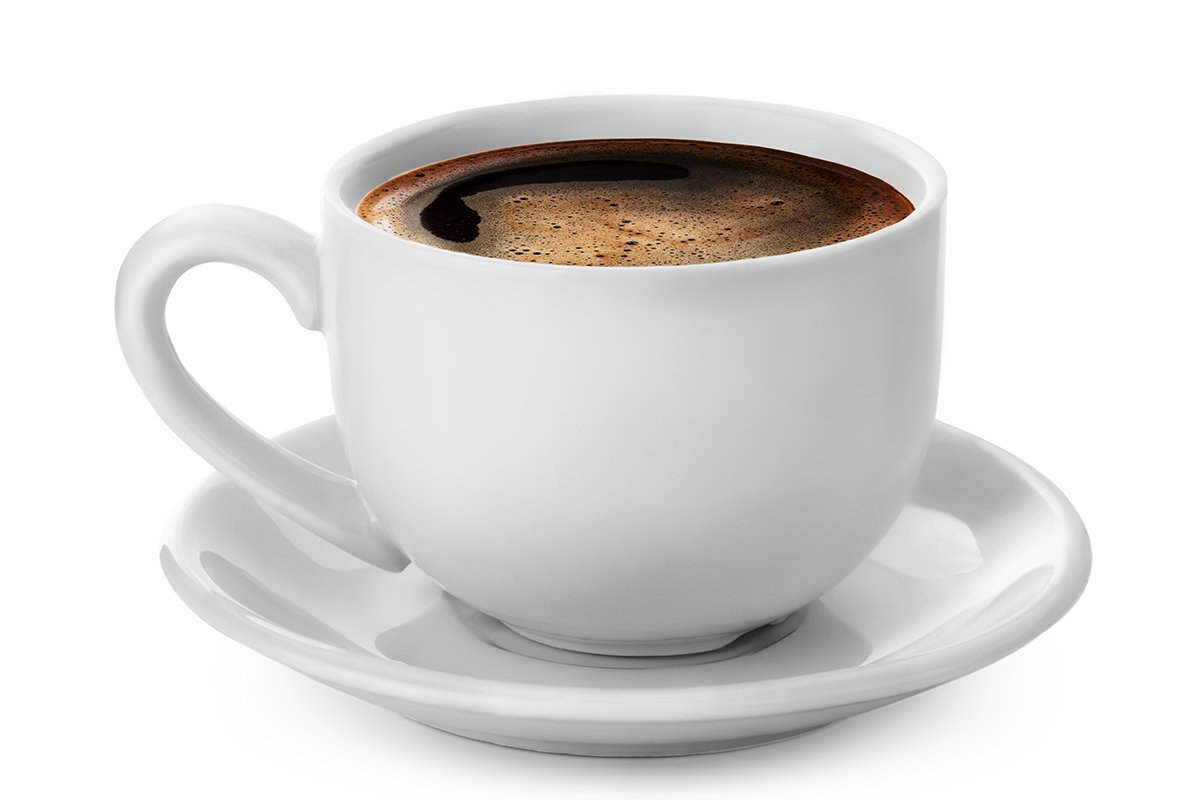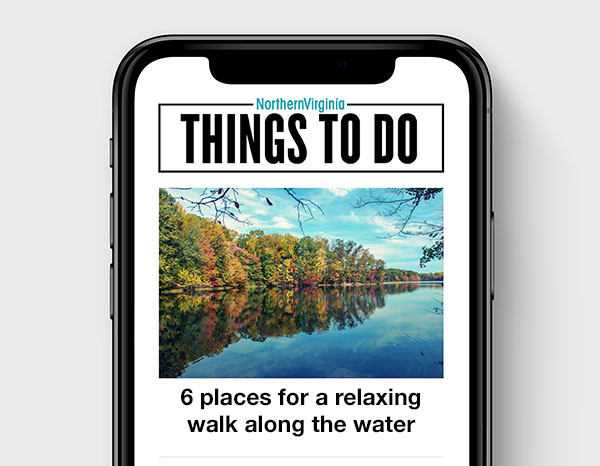
Some days I wish I enjoyed herbal tea. Or matcha. Or whatever else comes hot in a cup, bolsters mood and mental alertness, enhances health and longevity and inexplicably delights the senses.
But I love coffee. I love the way it smells. I love the way it tastes. I love the way a warm mug feels in my hand.
I’ve appreciated its taste almost every conceivable way it’s served in the U.S. and Western Europe, from demitasse to gas station. I love it hot, cold and that temperature best achieved by abandoning a cup on your desk all day. I was barely walking when I enjoyed coffee in my giant blue pedestal mug with the thick handle, which I would insist on holding myself. There was just enough coffee to color and flavor the milk, but it was a taste I learned early to inhale and savor.
As an exercise and public health professional, I’m careful about caffeine consumption. I’m aware of the performance benefits of caffeine (studies have shown improved performance of specific skills involved in running, cycling, tennis, golf, volleyball, soccer, rugby and weightlifting, to name a few) as well as some of the less desirable effects it has on the human body. I’m a better me when there is less caffeine in my system (and I can’t play Jenga with my nephews when I’m under the influence.).
This leaves me in a somewhat unfortunate situation: I live in a time and place in which high-end coffee shops as well as chains offer everything from quick, tasty fixes to experiments in something trendy, new, customized or complicated. Despite obvious evidence that much effort, time and money has been invested in discovering, researching, importing, roasting, brewing and serving a given coffee establishment’s optimally created caffeinated products, I find it maddening that the same dedication isn’t devoted to decaffeinated beverages.
Often, I can get my order: a decaf café au lait. It’s equal parts coffee and warmed frothy milk, though I usually request half the amount of milk. But to get my desired drink, the shop I choose must have a hot pot of decaf available. That’s not always a given because unless it’s the morning rush, the shop may see it as a waste to have a fresh handle available without any promise of decaf drinkers, which according to one local coffee shop are only 5-10 percent of its customers. The manager at another shop told me, “It is a problem when we make it in a batch and we don’t have that much demand. … It’s not a good business decision.”
As a decaf customer who frequents coffee shops and who meets other coffee (caffeinated and decaffeinated) customers there, I take issue with this decision. If I am, or any customer is, willing to stand in a long line to pay more than $3 for a cup of joe, we’re not just here for potable hot liquid in a cup. At the very least we deserve a decent cup of coffee and an experience wherein we want to come back again and again. And that is good business.
One midmorning weekend day, I stood in a long line at a chain shop near my home. After I placed my order, the hurried cashier informed me, with a tinge of emotion (irritation? impatience? exasperation?), that the shop had no decaf available. She stared at me, seemingly awaiting further response. Before I could respond, however, she explained, “The store doesn’t brew decaf this late. Will there be anything else?” and as she spoke, she looked past me to the next customer in line. I was dumbfounded—and angry. I said, “Is there a manager with whom I can speak?” She replied that there was not and moved on to the next customer in line, who ordered a drink with so many qualifiers that under no circumstances did it even remotely resemble the simple cup of brewed coffee I was, by this time, desperately seeking.
On other occasions baristas have suggested that I have a pour over, which takes longer to make and doesn’t taste like drip, or a decaf Americano, which also is not equivalent (that drink is espresso and water). Sometimes I agree to these suggestions, but I’m always disappointed. Aggravation washes over me as the hot liquid assaults my taste buds and I silently fume in a haze of defeat.
I’ve been made to feel as though my request is unreasonable, even though to me it seems quite simple, especially in the current triple-shot, double-pump, extra-whip coffee world in which Northern Virginians live.
This unfortunate situation isn’t the end of the world of course, and lucky for me it’s not even in the top 10 problems I recount from any given week. But it does leave a girl to wonder what to try next when what’s in her cup is decidedly not good to the last drop.
The Purest Drinker
Not all shops seem to neglect fans of decaffeinated coffee. Neil Balkcom says, “Decaf coffee drinkers are the purest coffee drinkers.” The director of coffee operations at Swing’s Coffee Roasters explains decaf drinkers are not just after the caffeine; they “fundamentally appreciate the flavor of coffee. There’s a special affection in my heart for them.” Balkcom is currently undertaking a new decaf program, with agreements in place with Colombian farms, a decaffeination plant and importers and will start roasting next month. –Stefanie Gans

